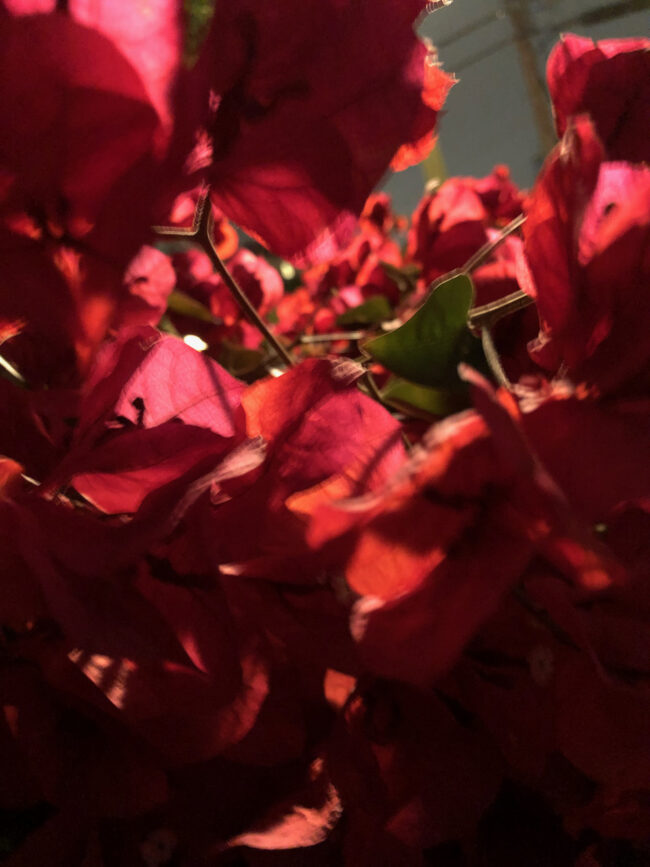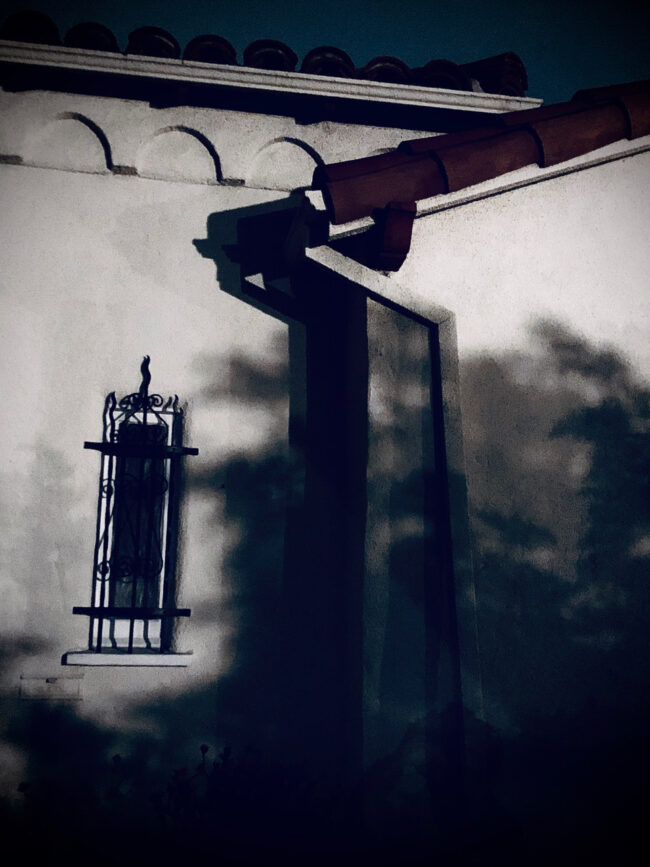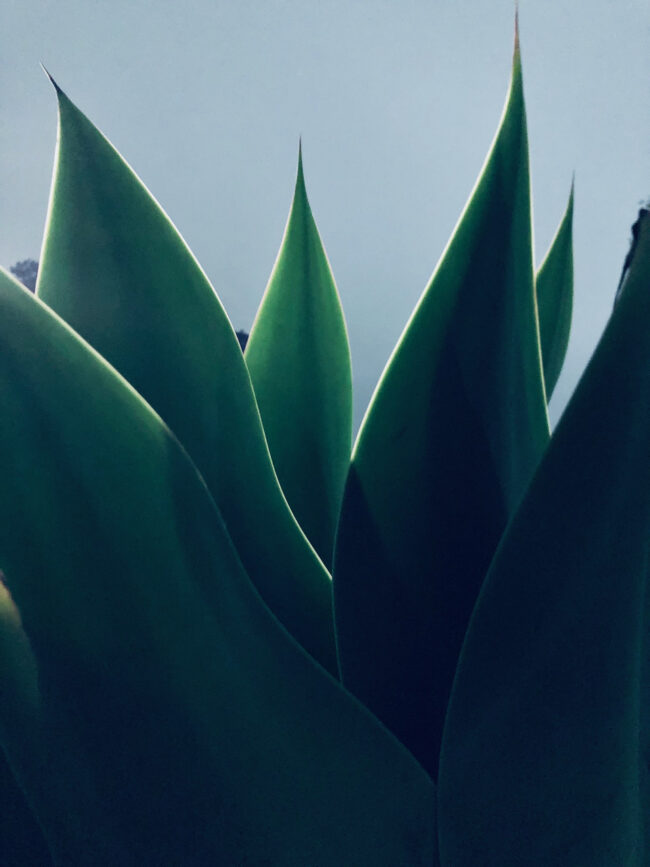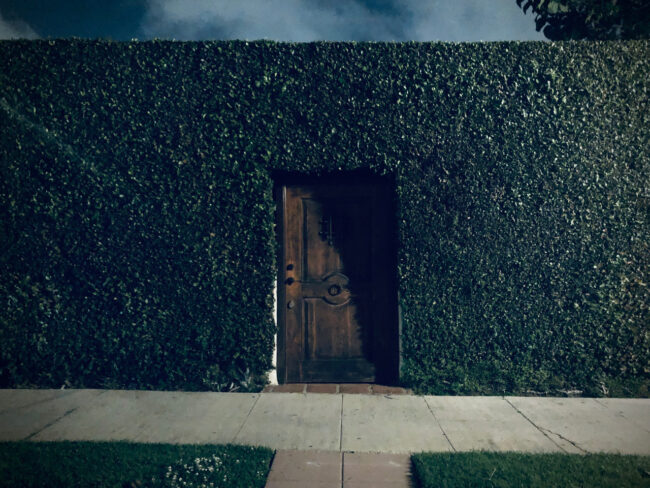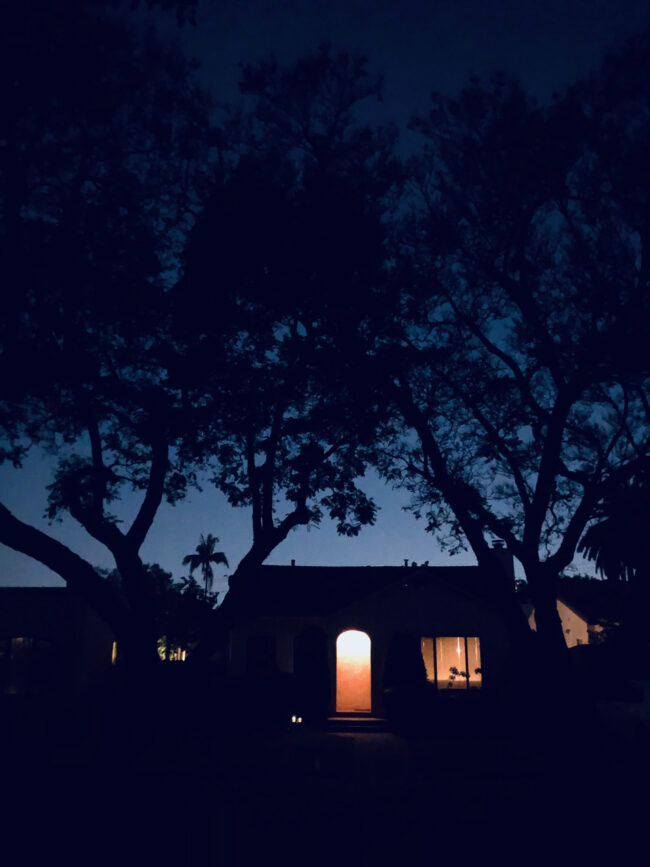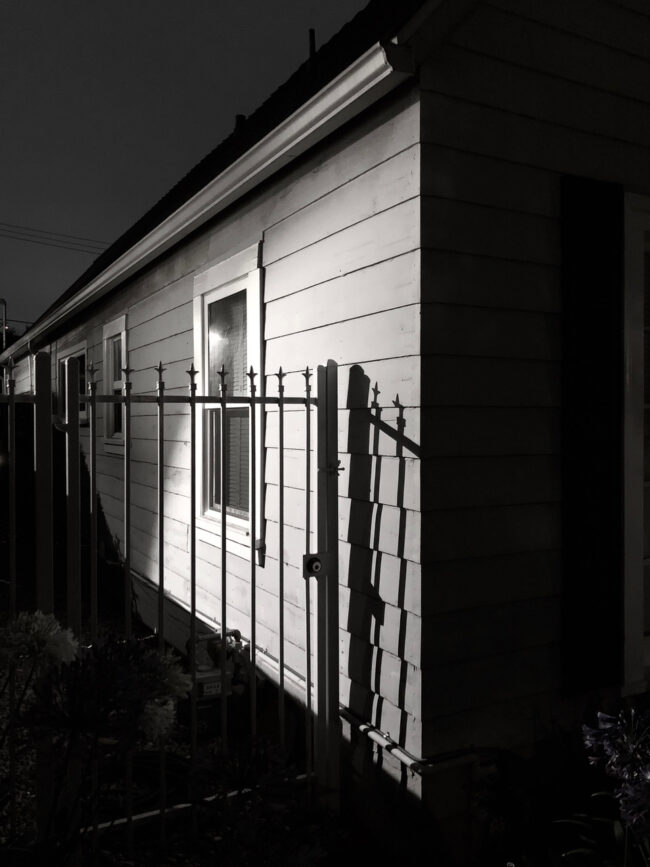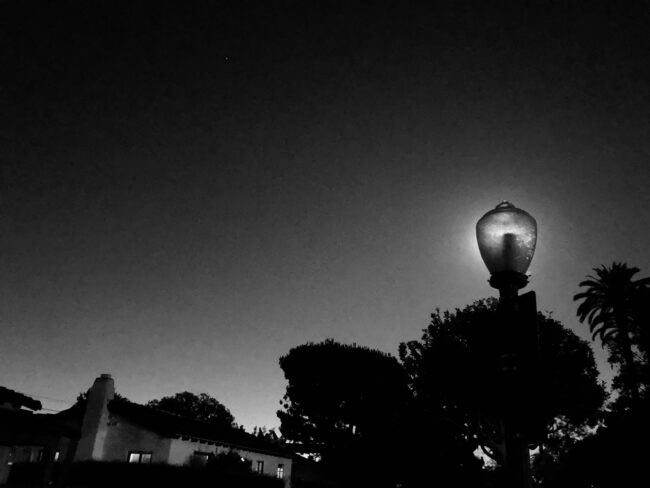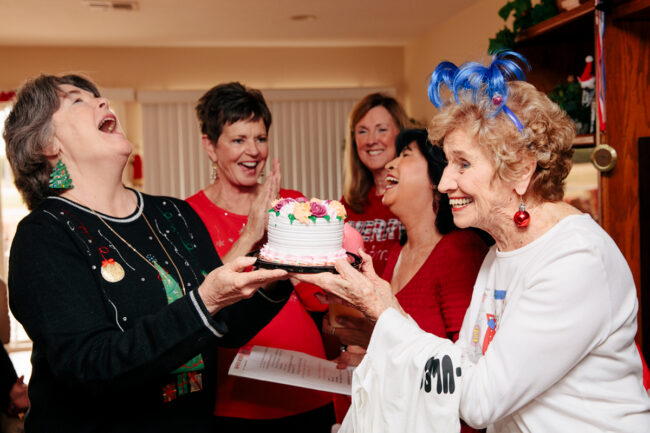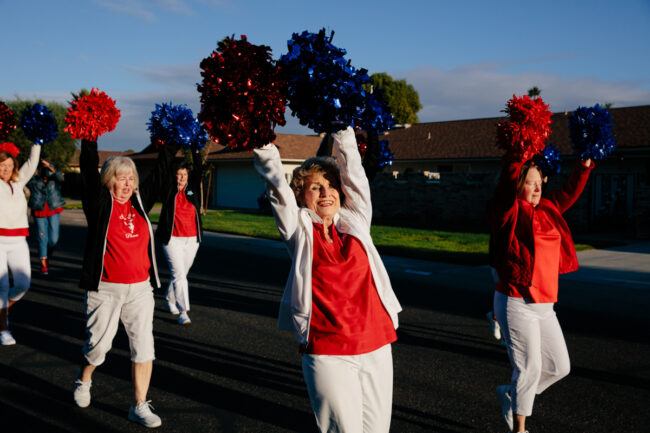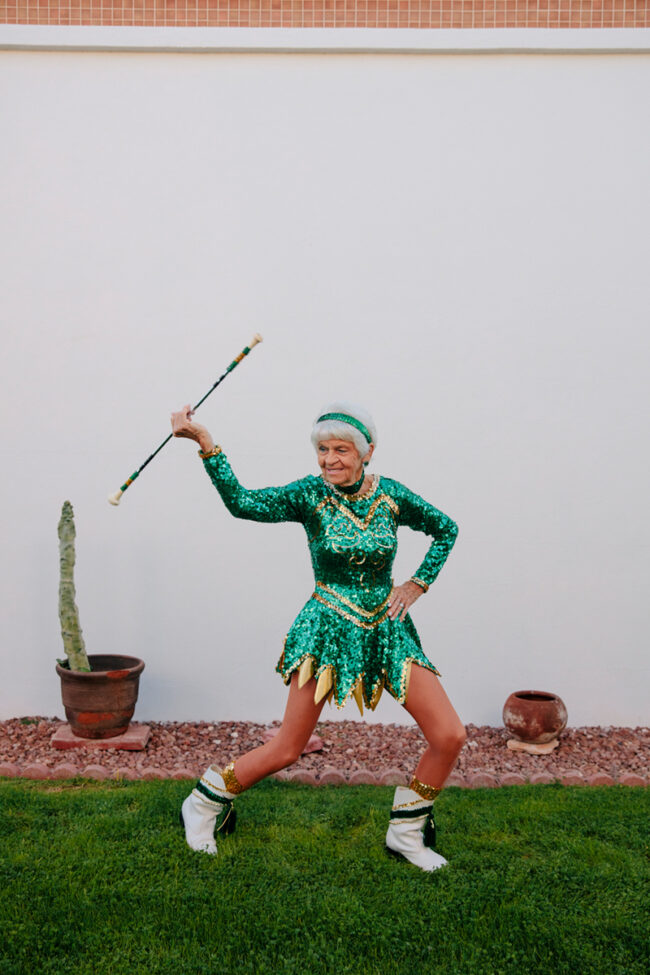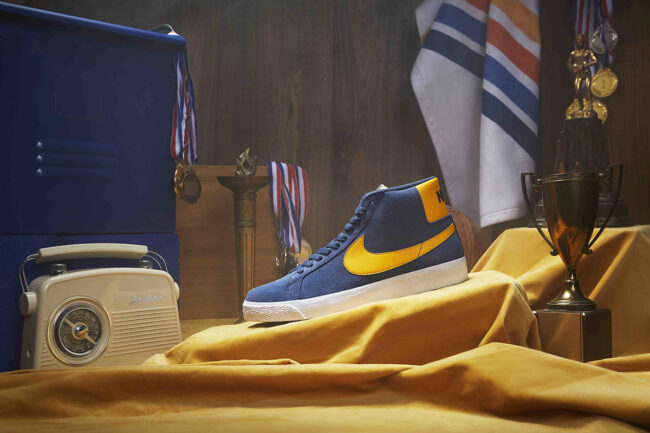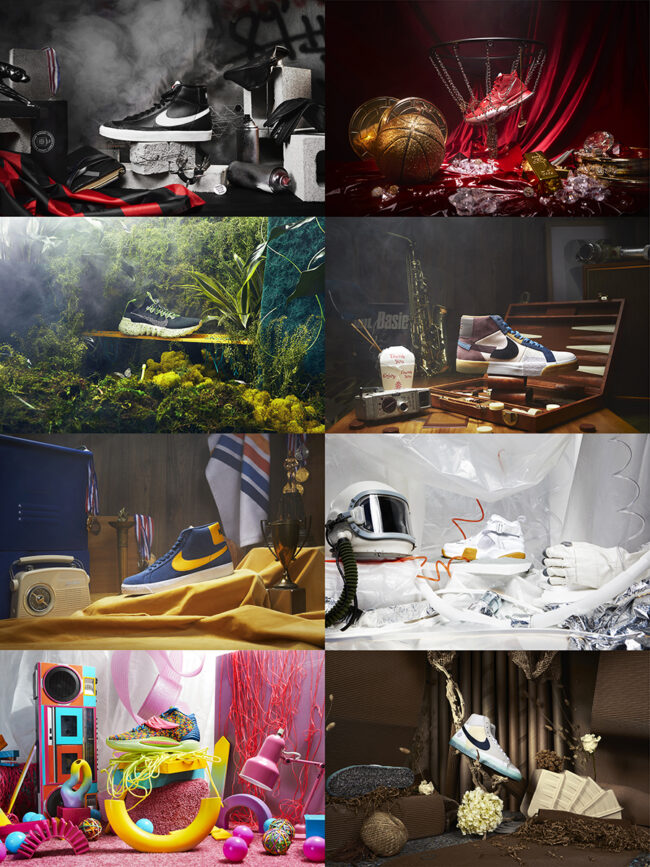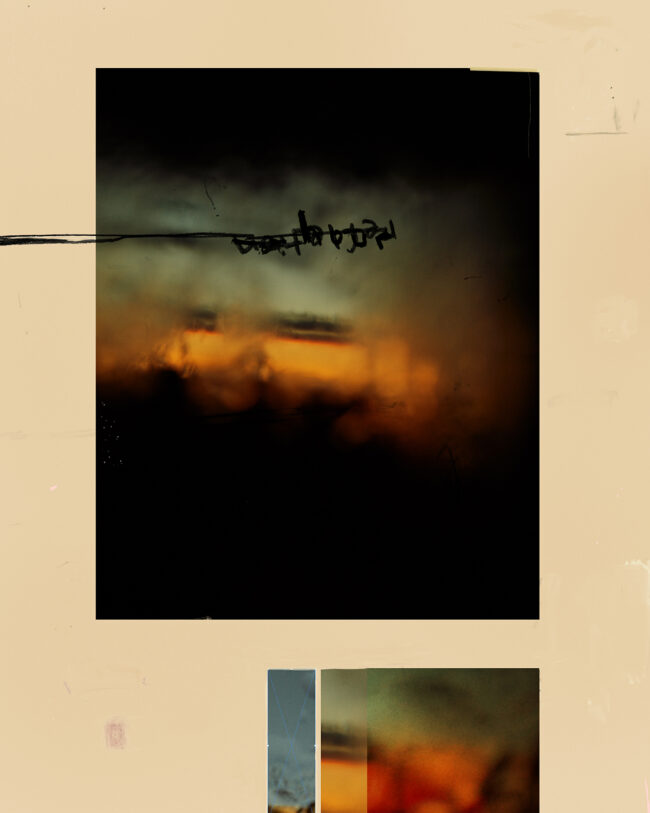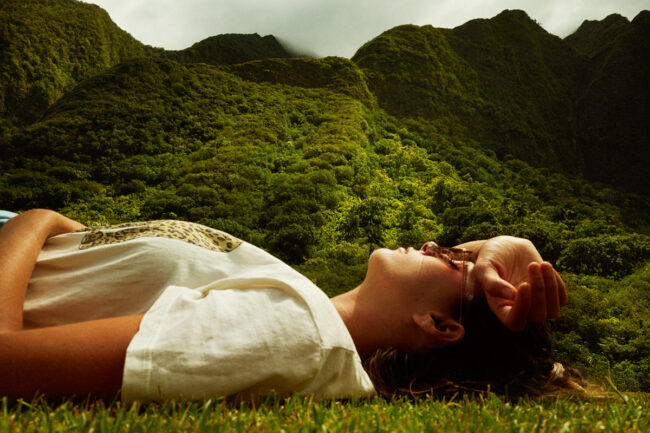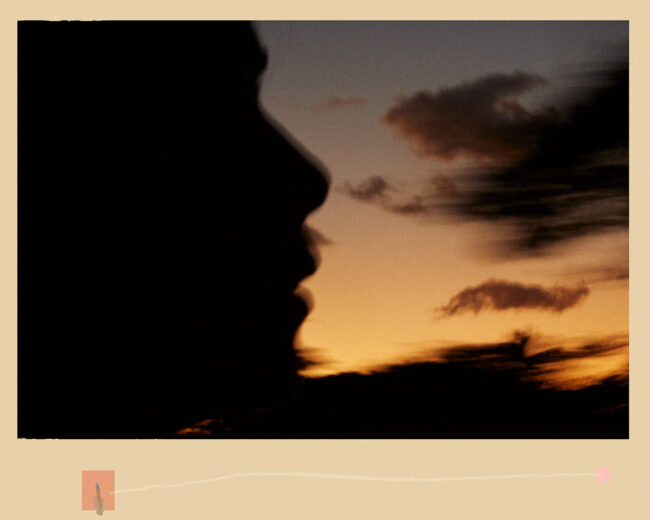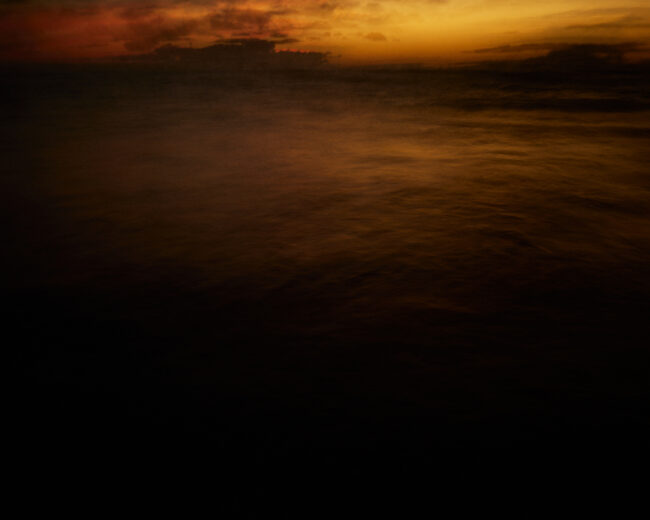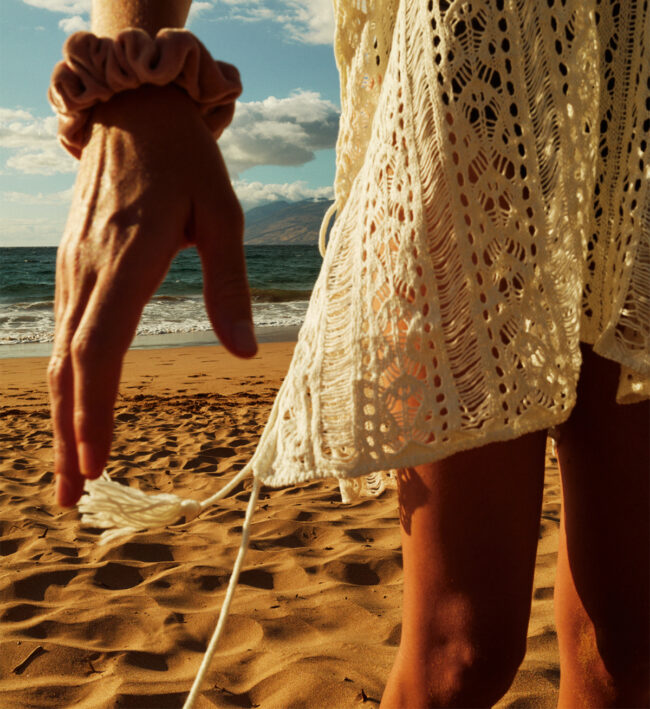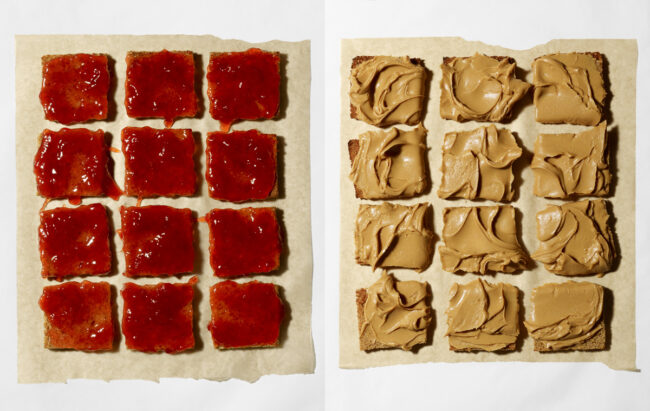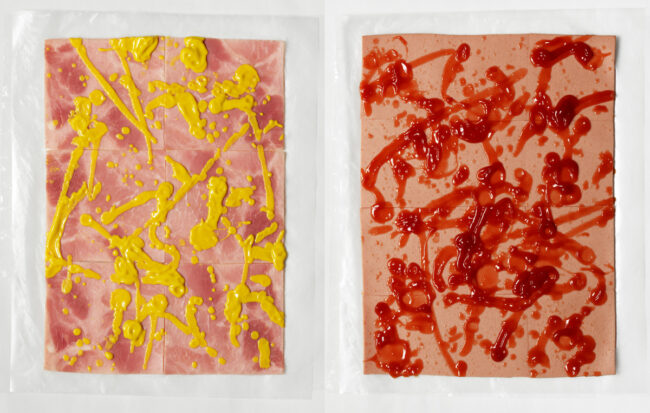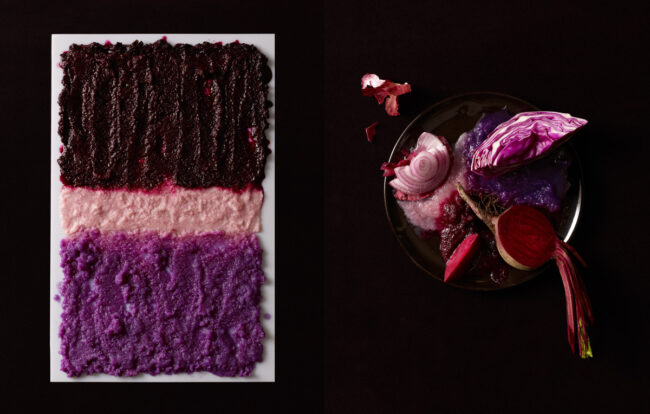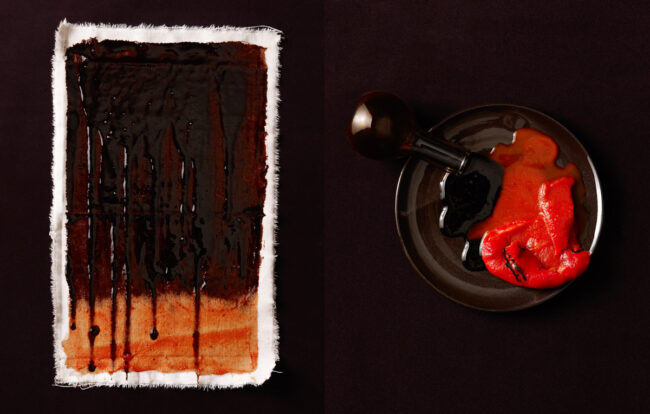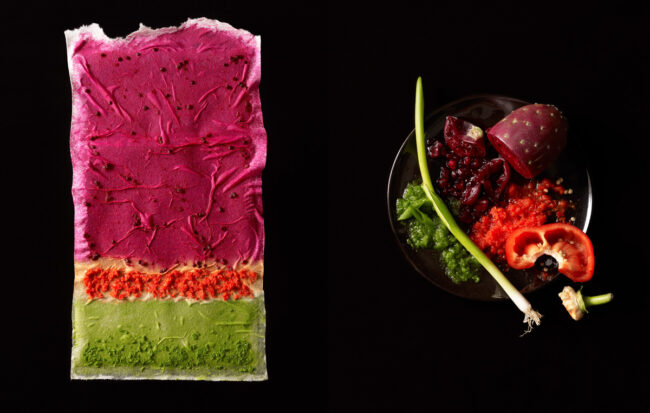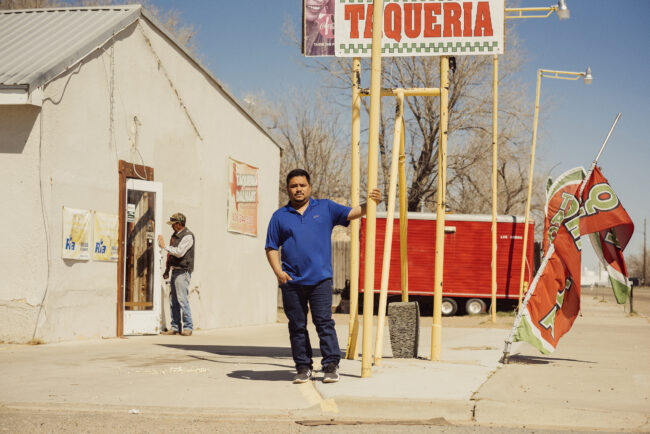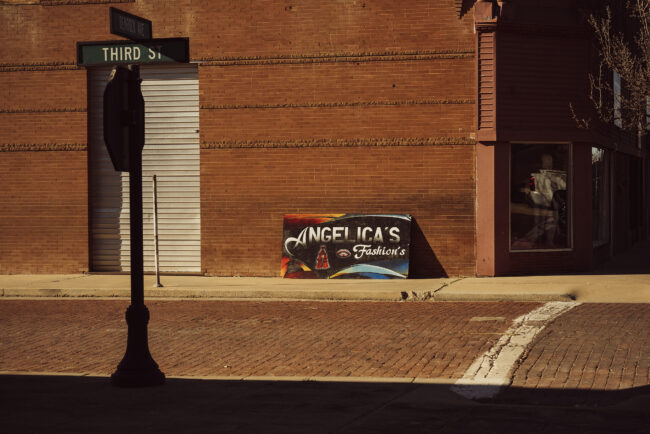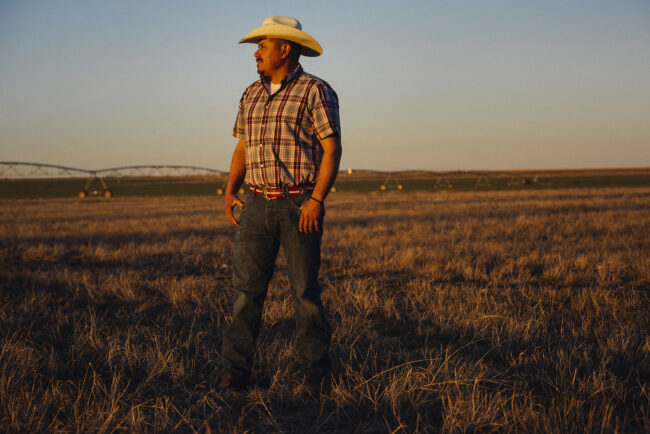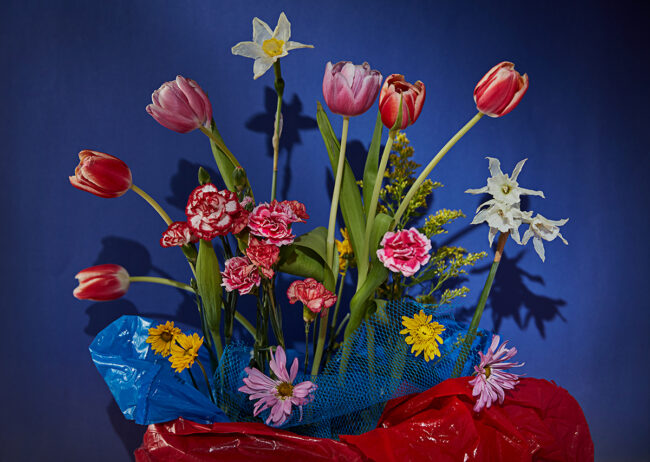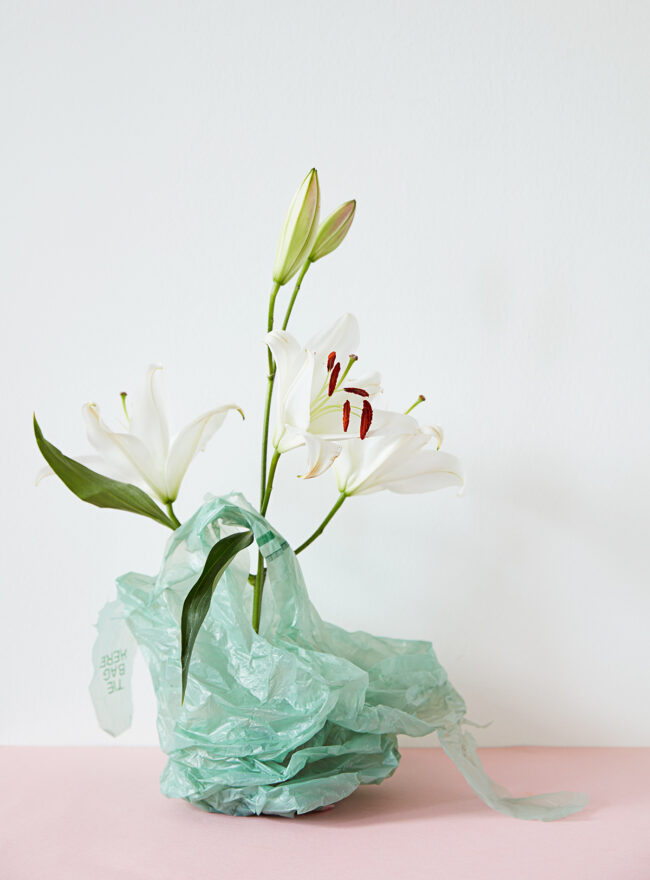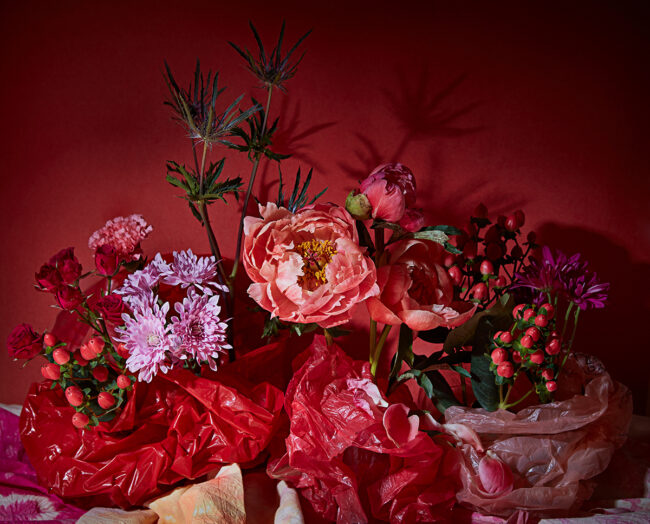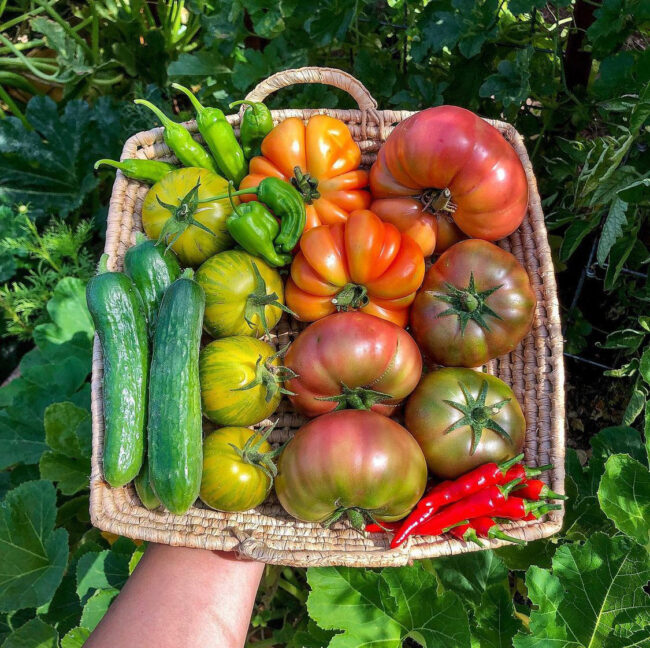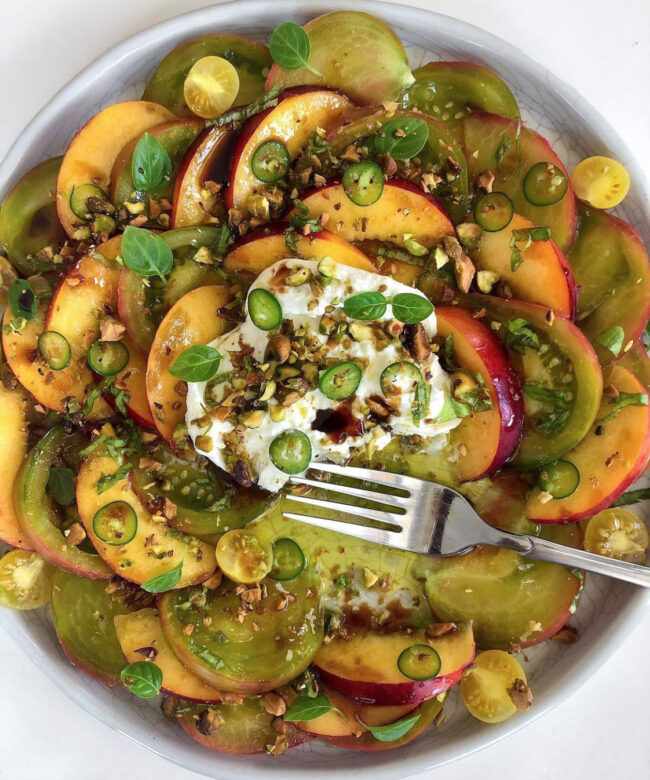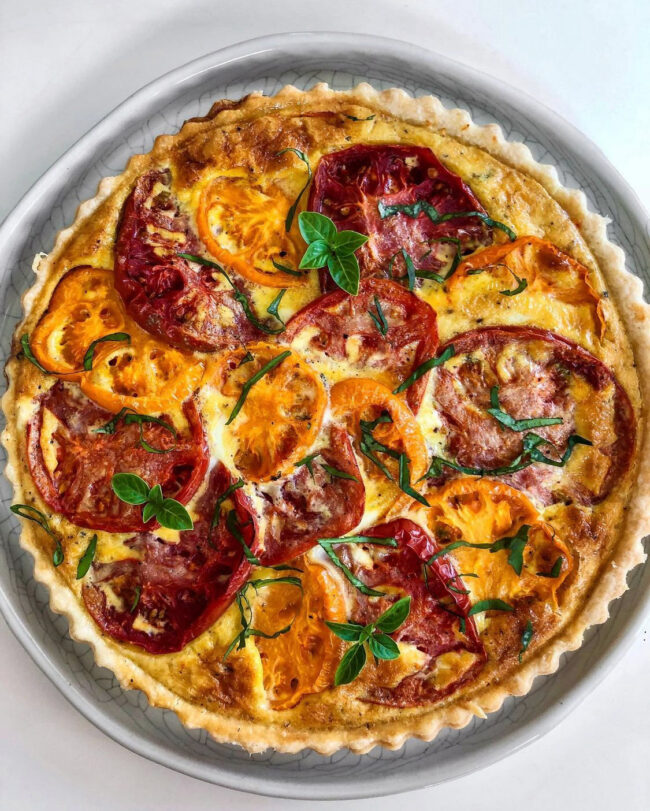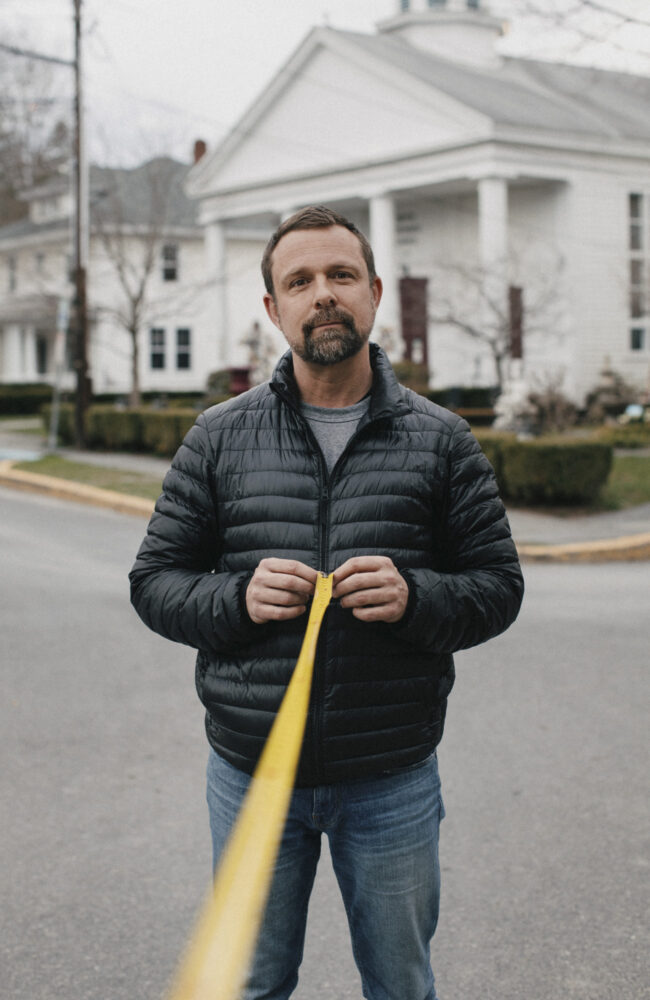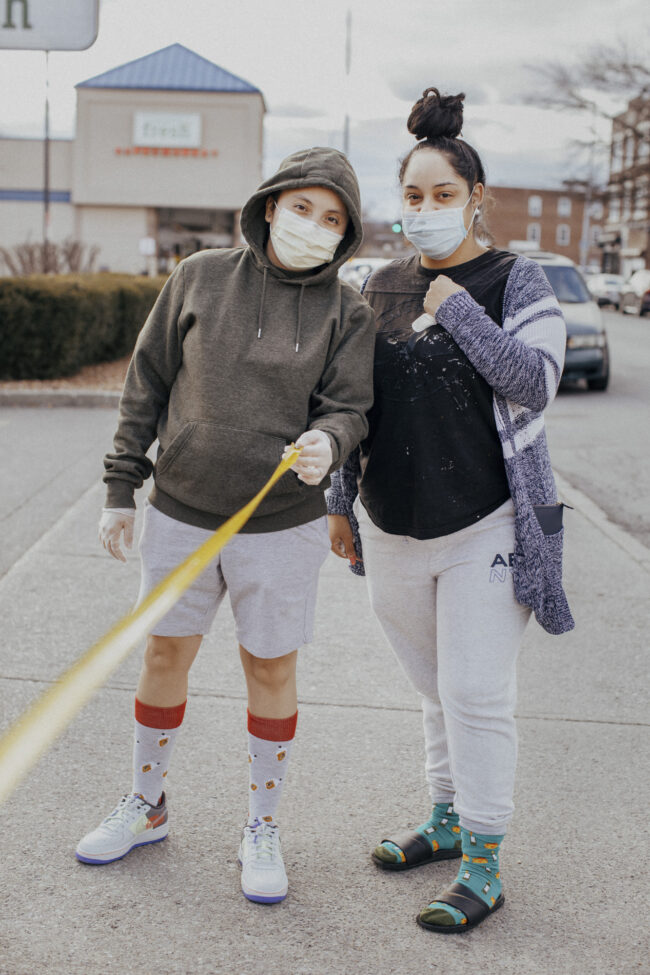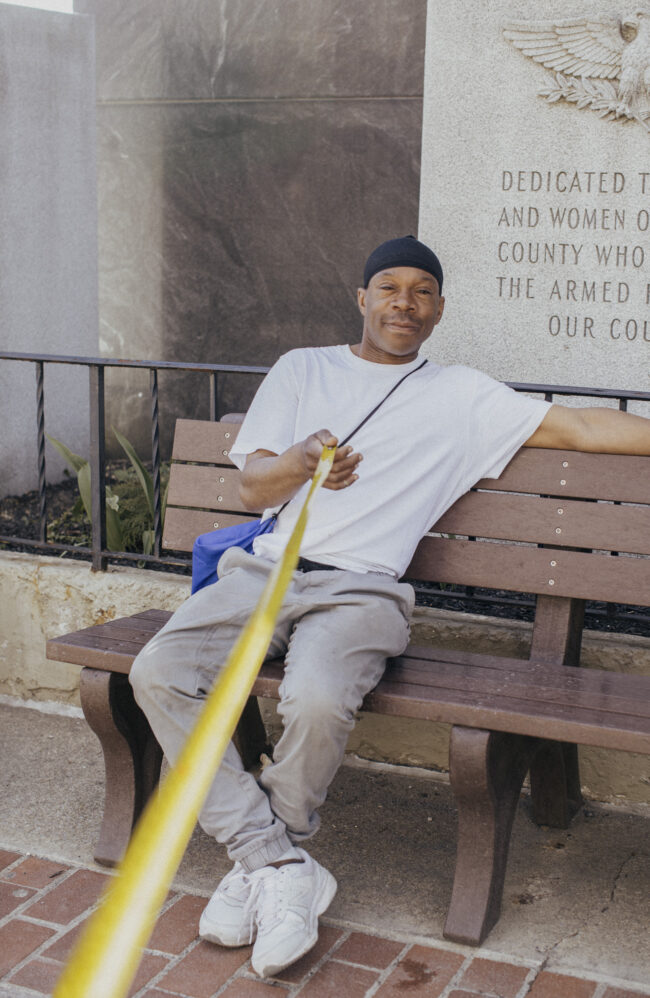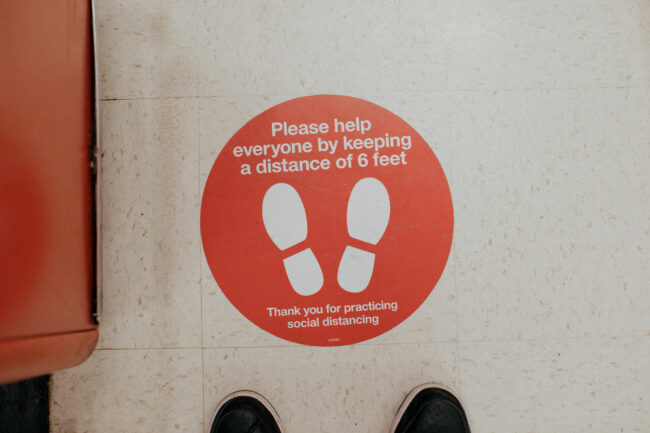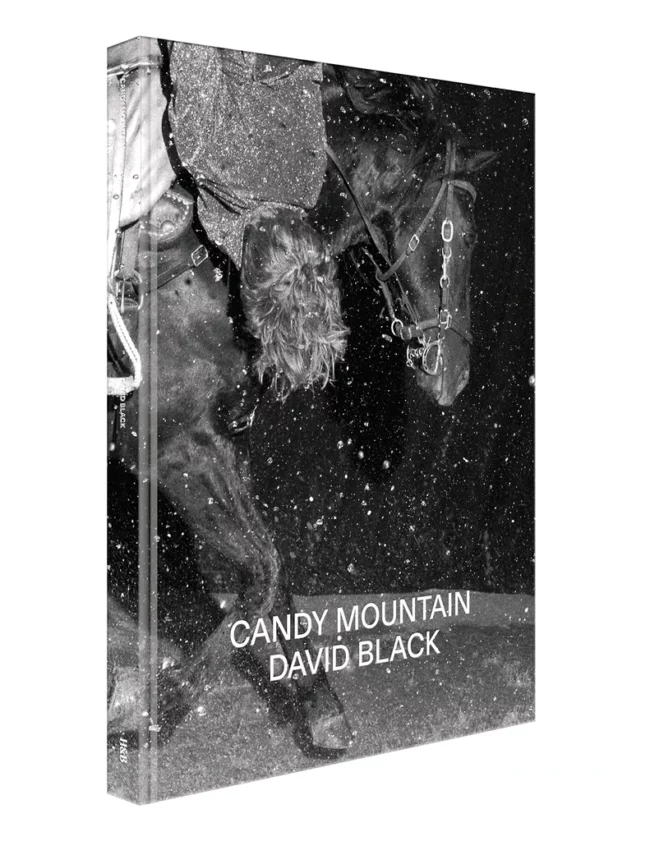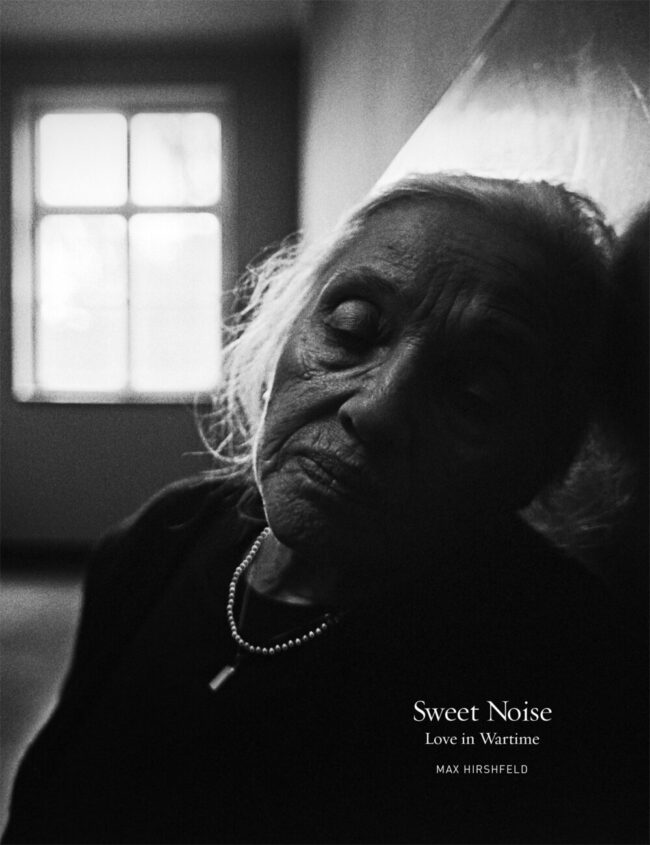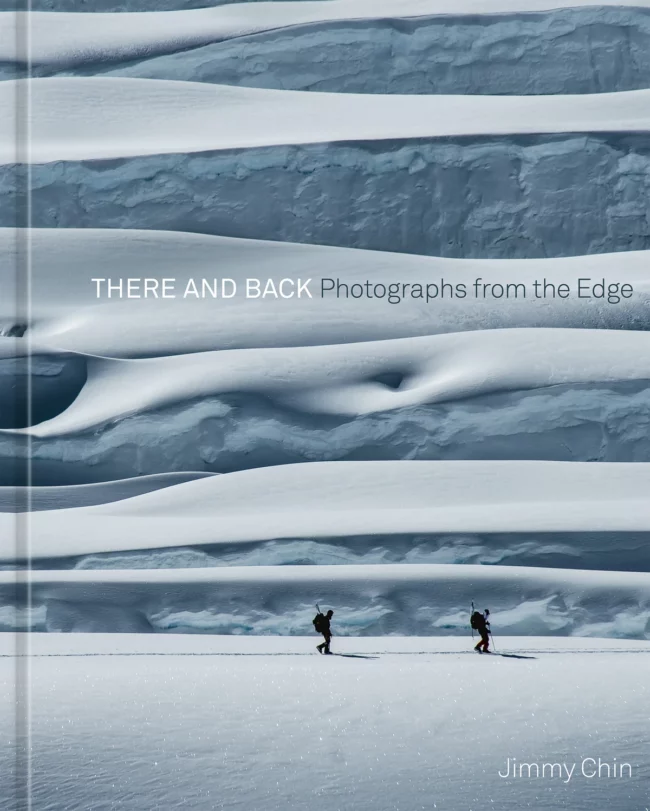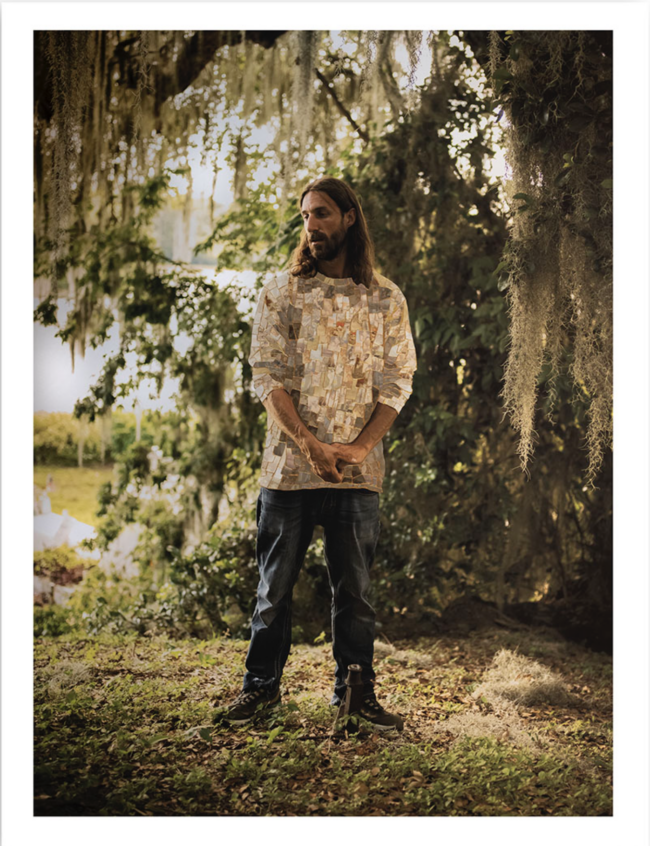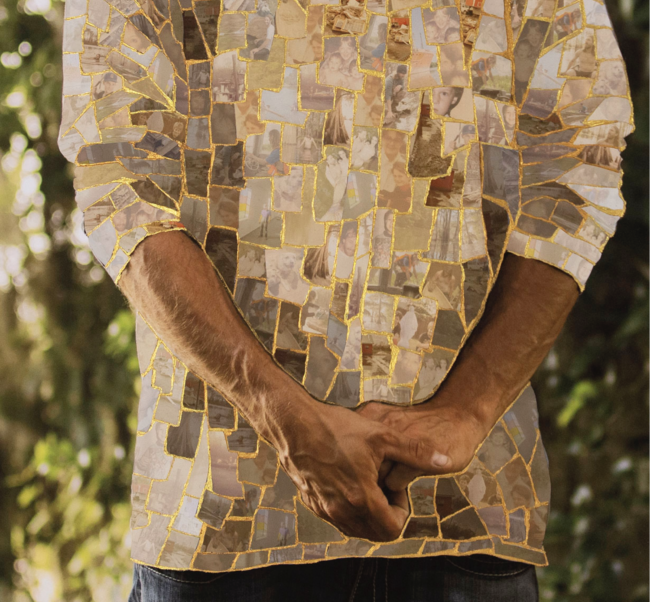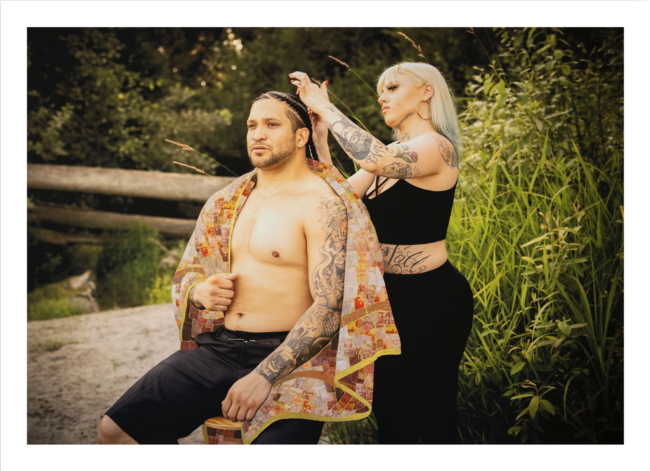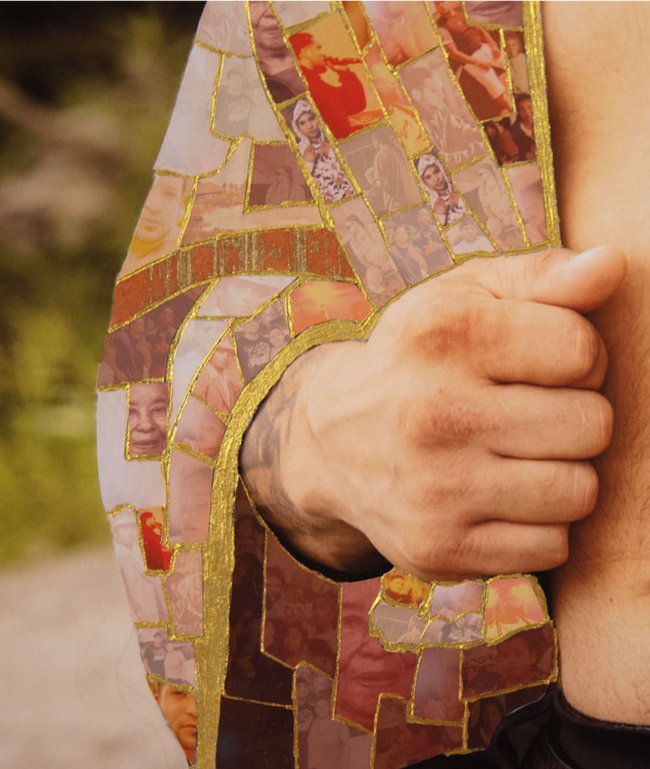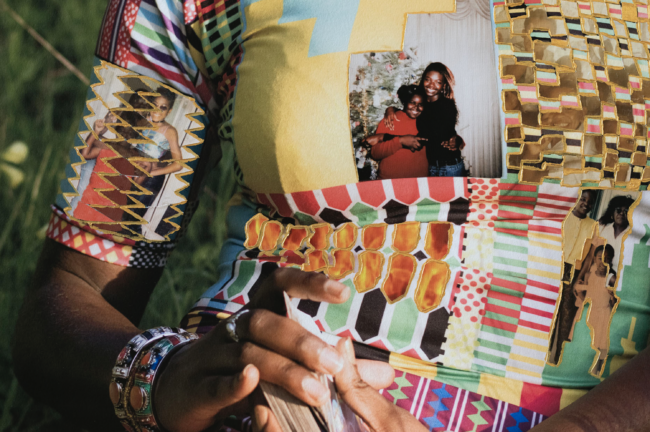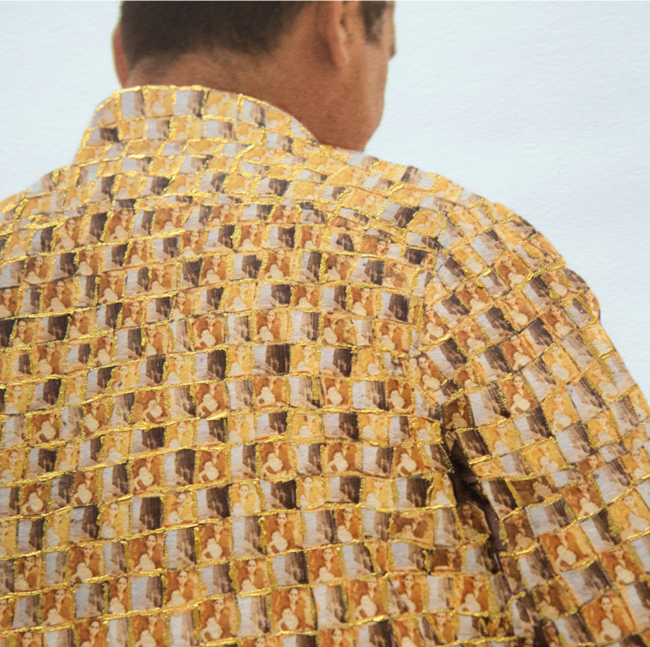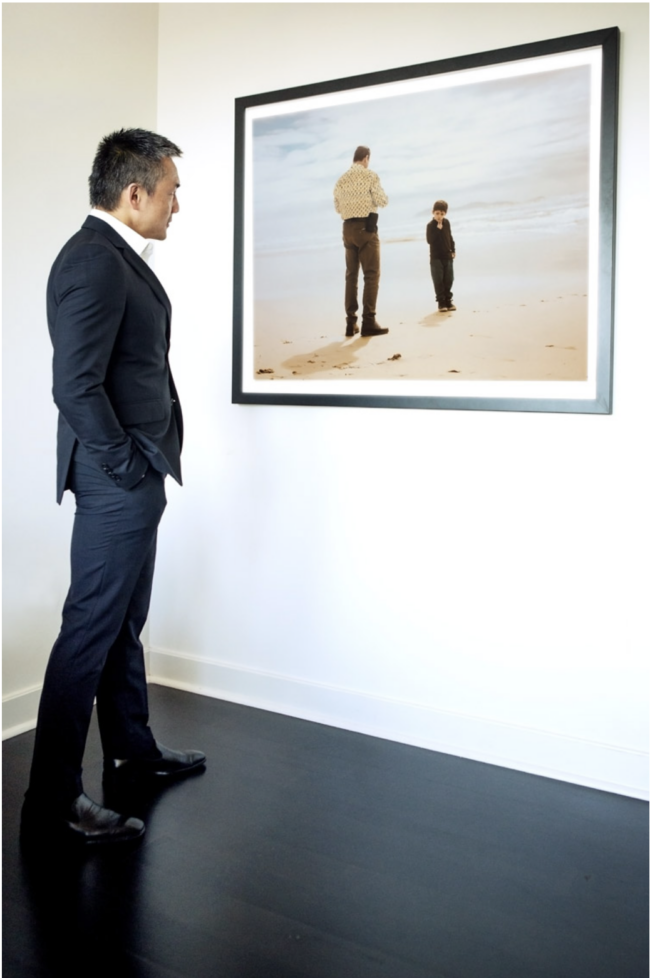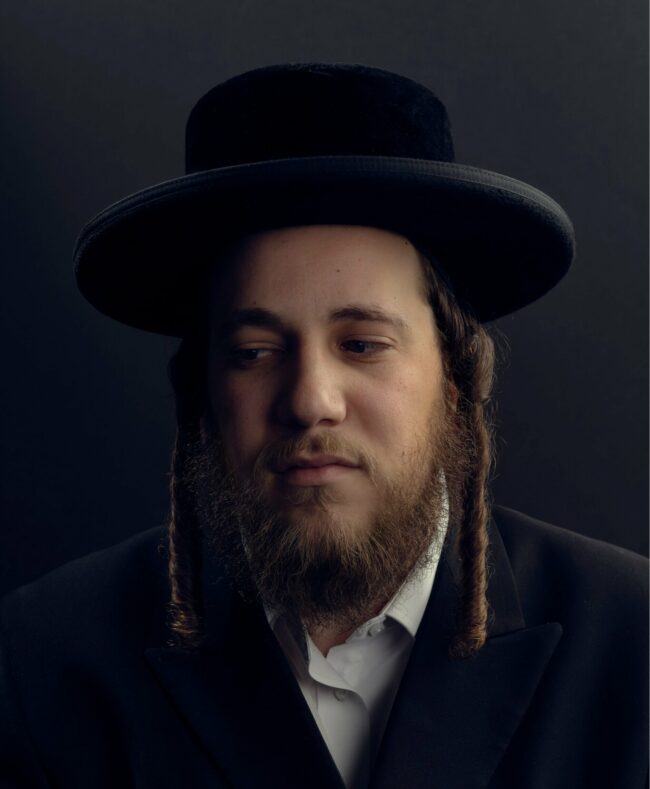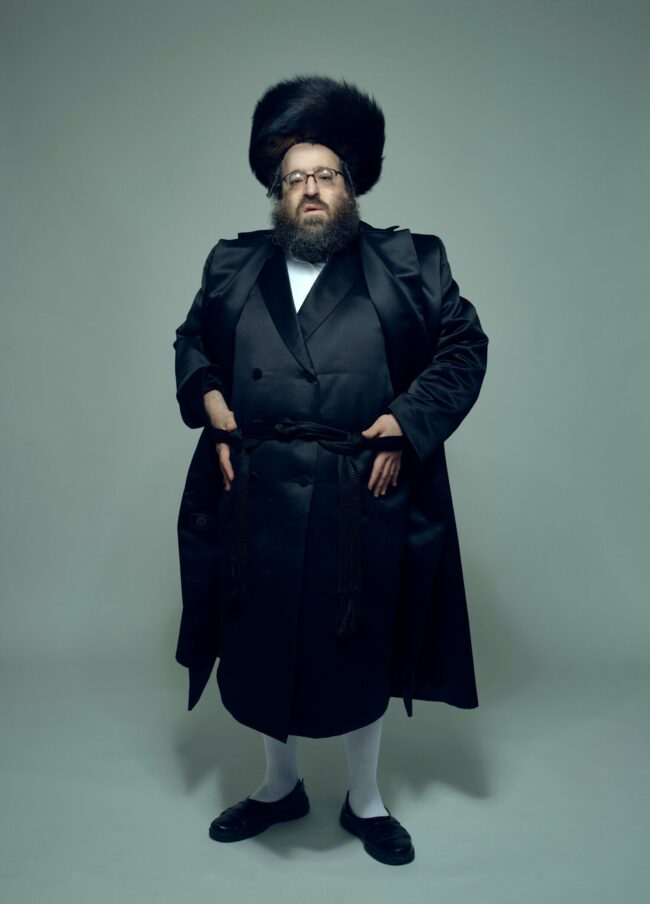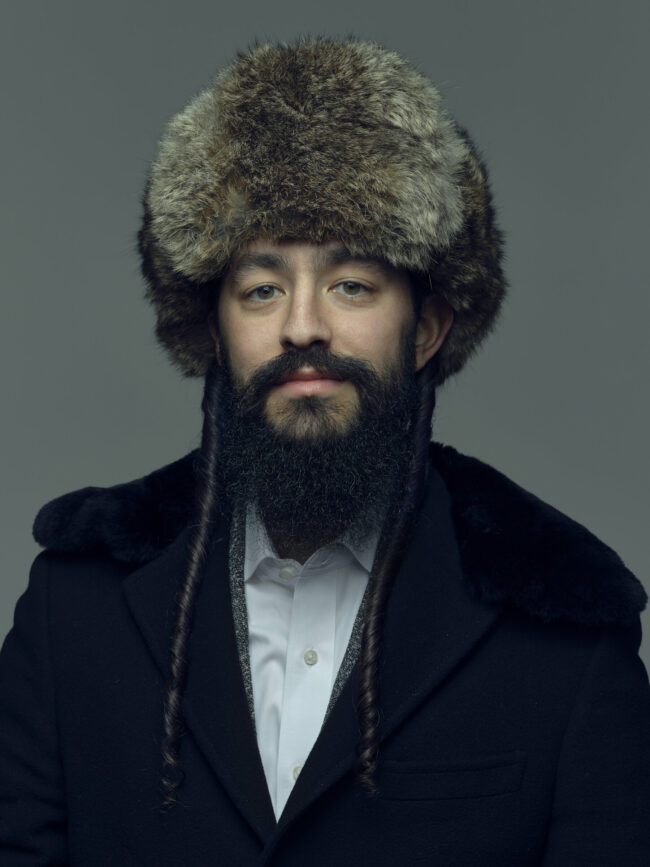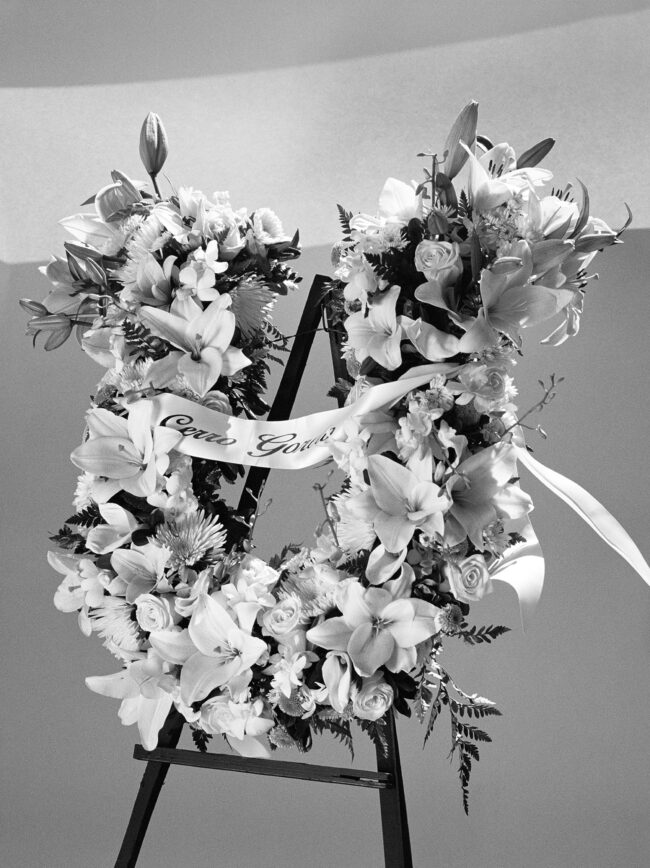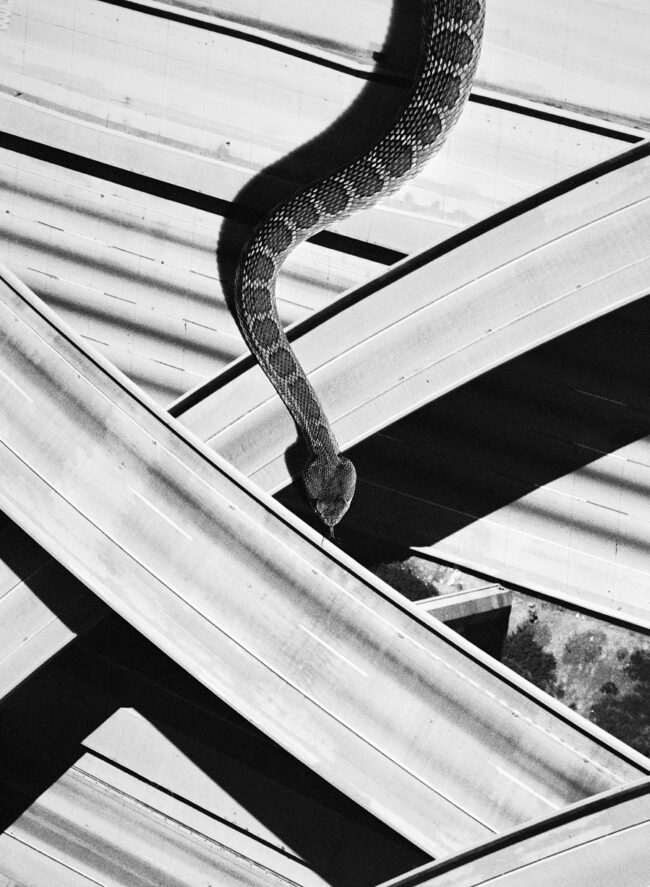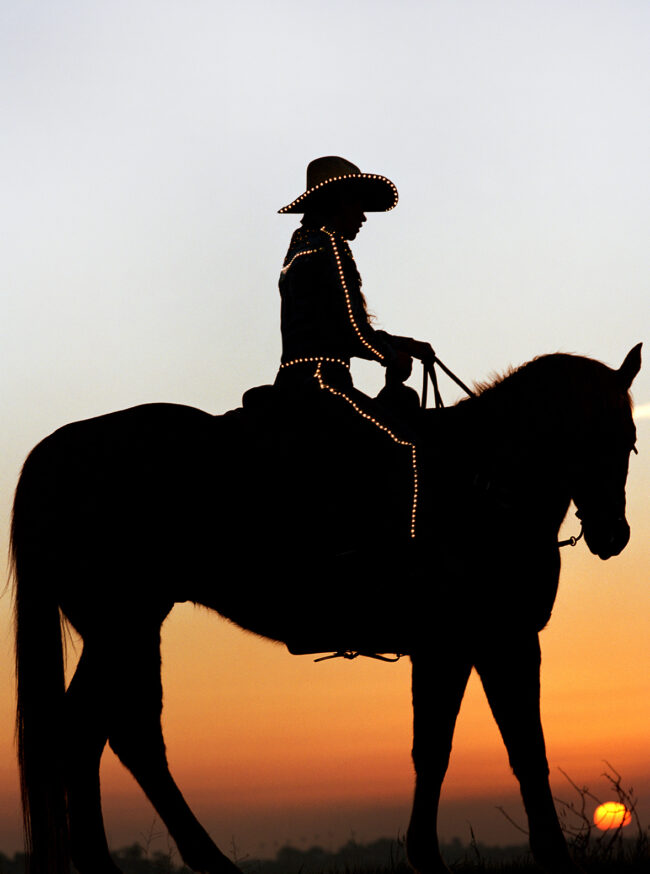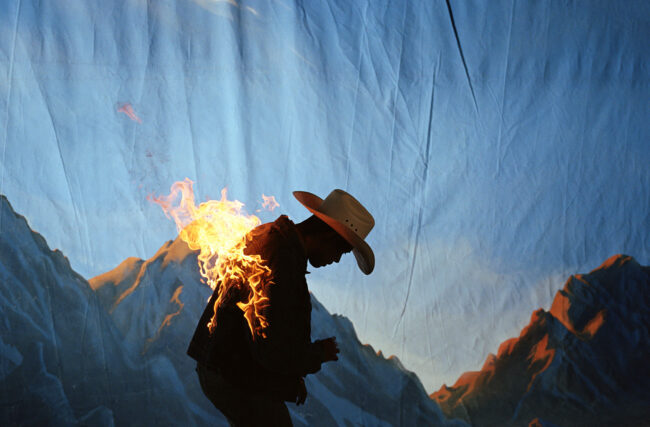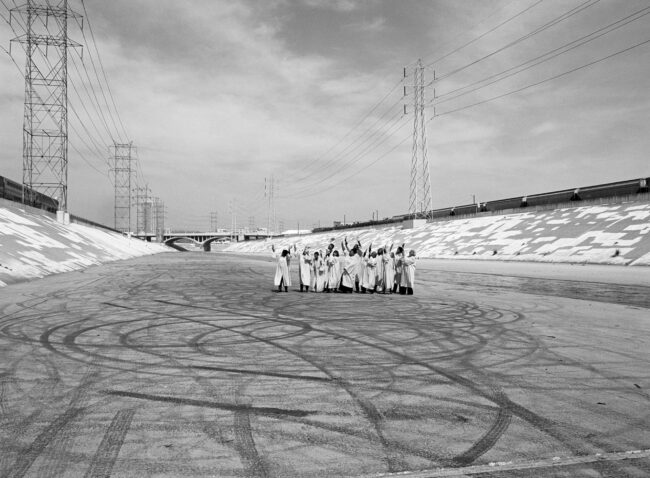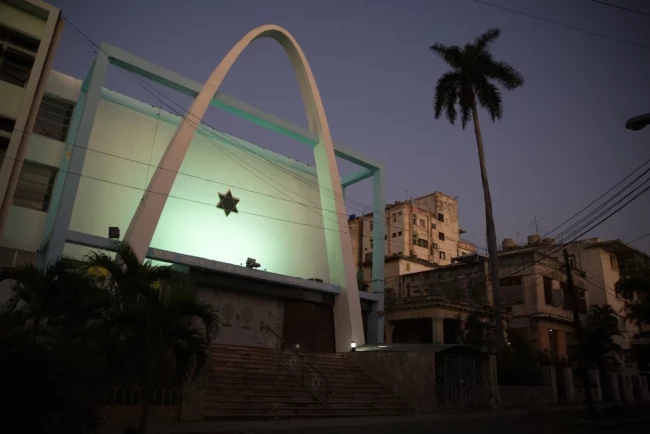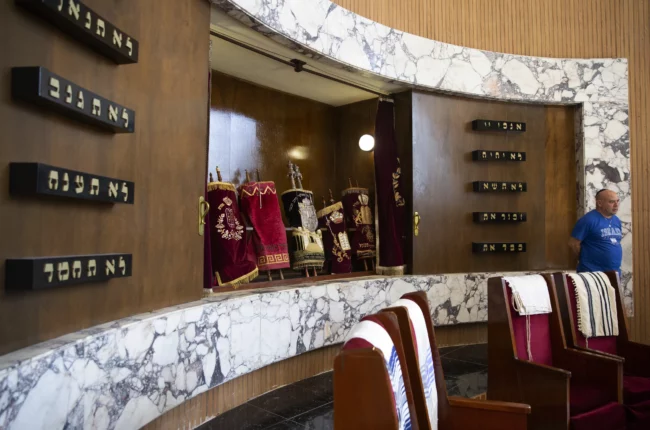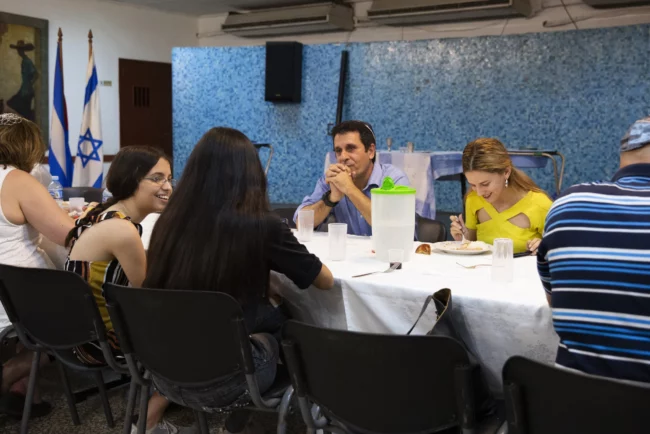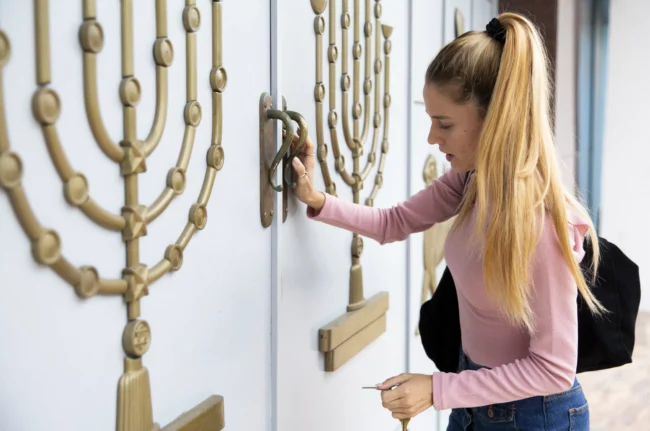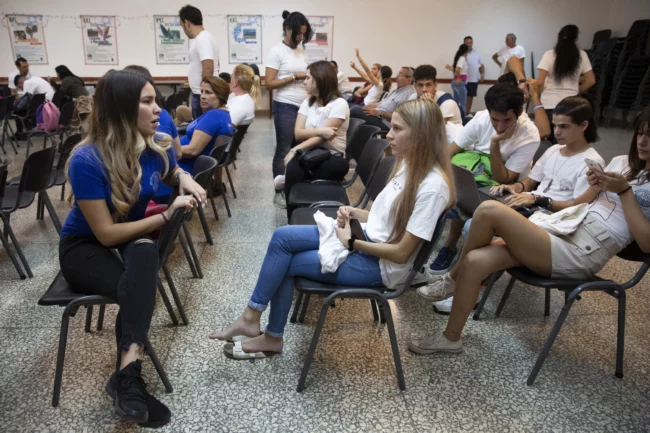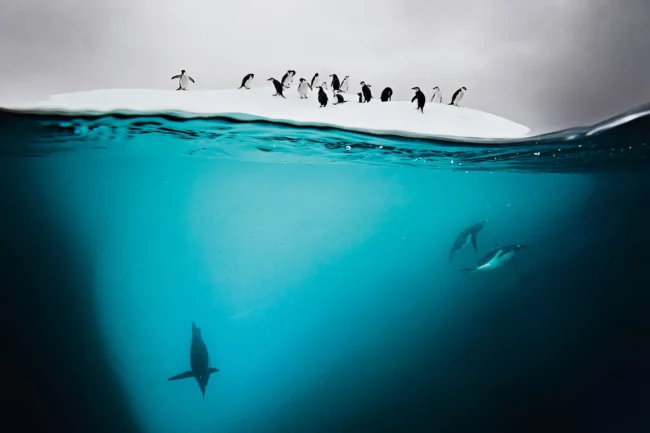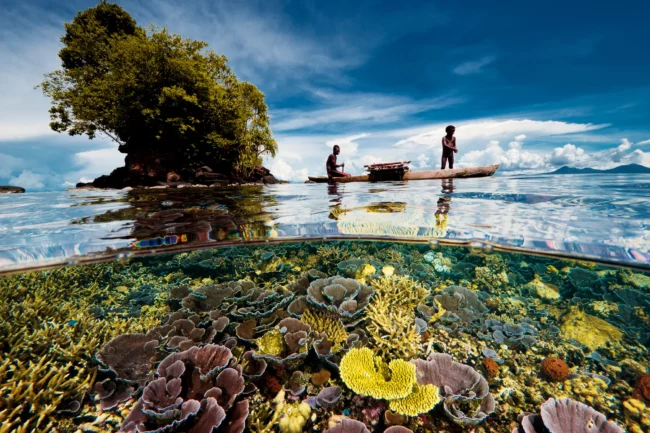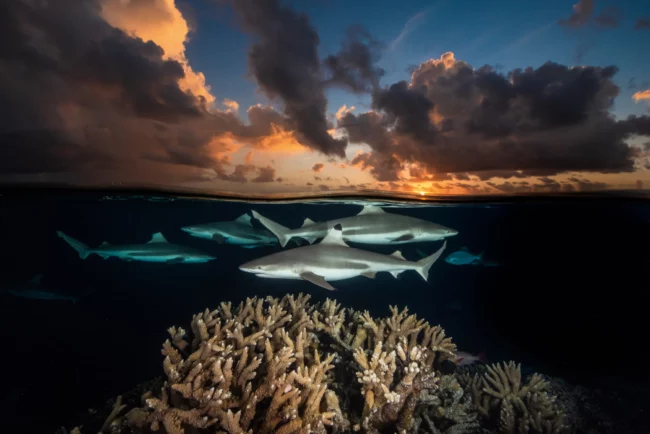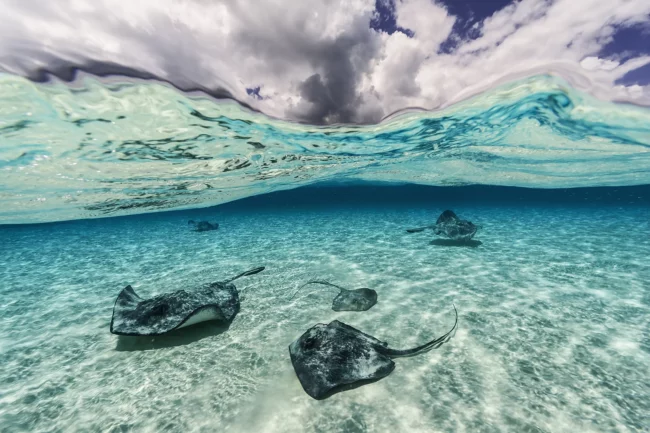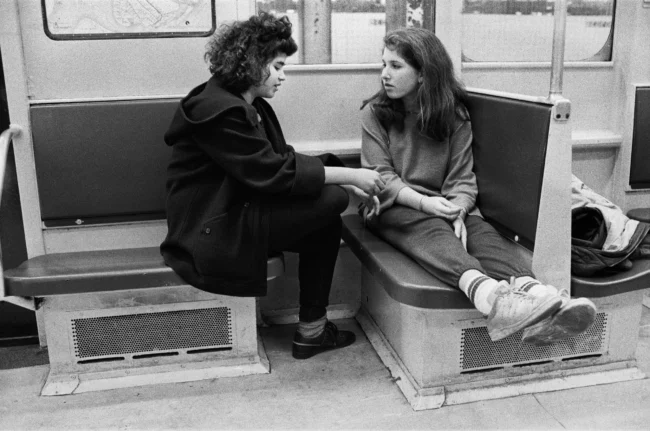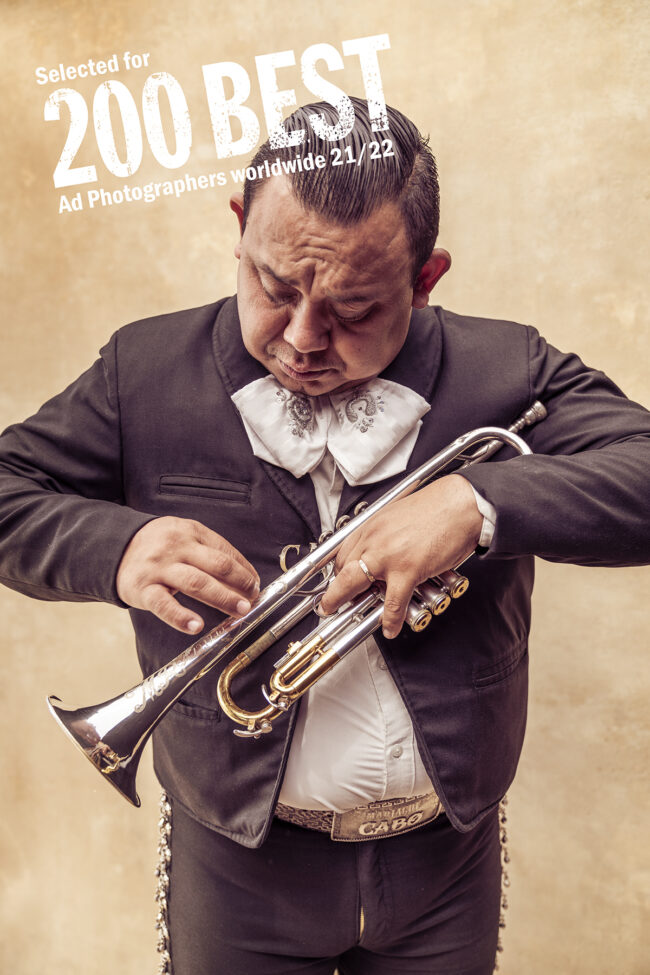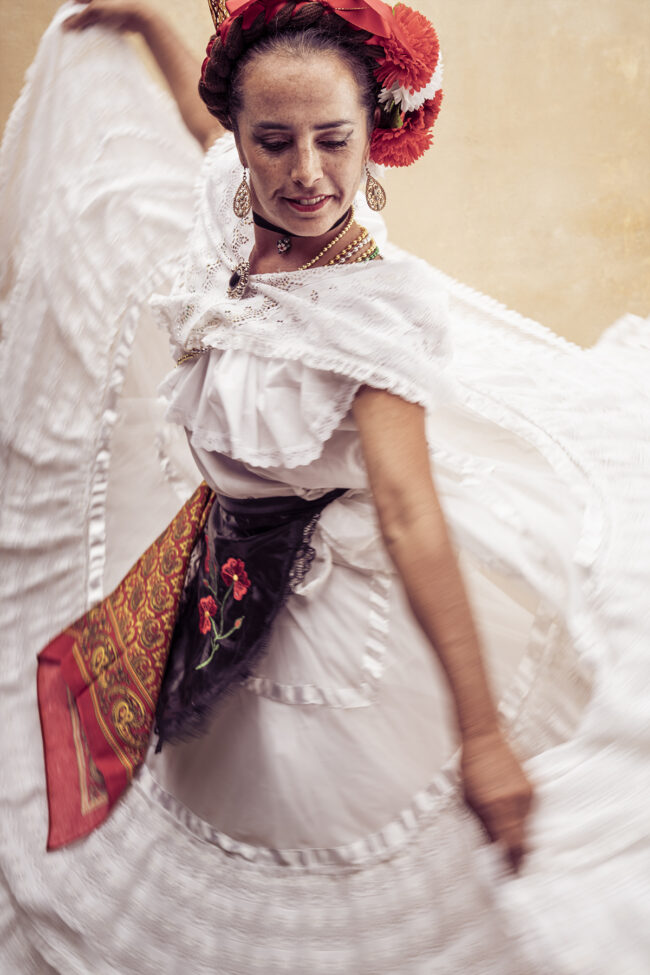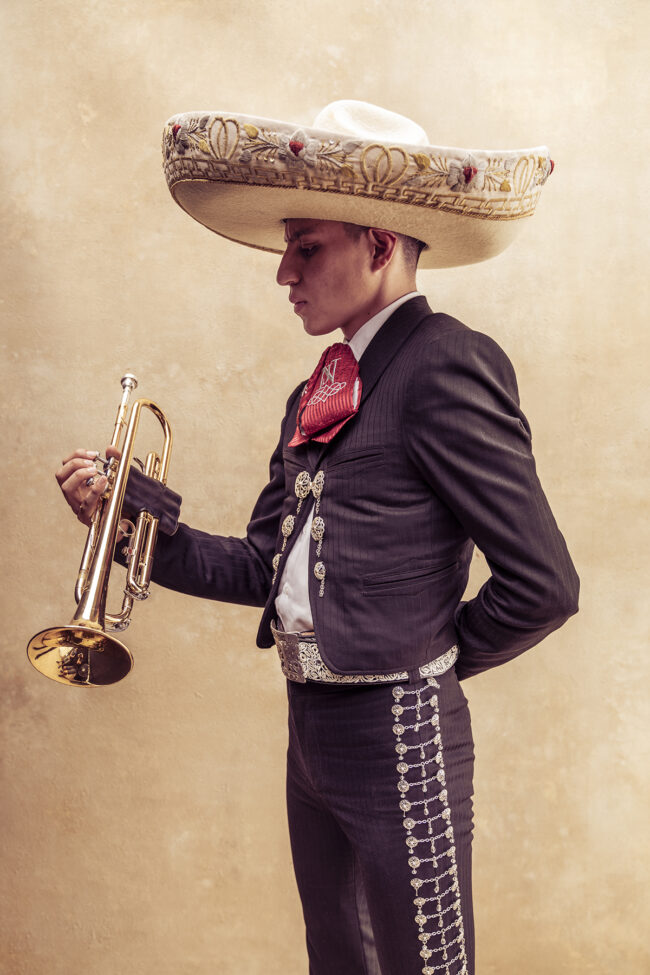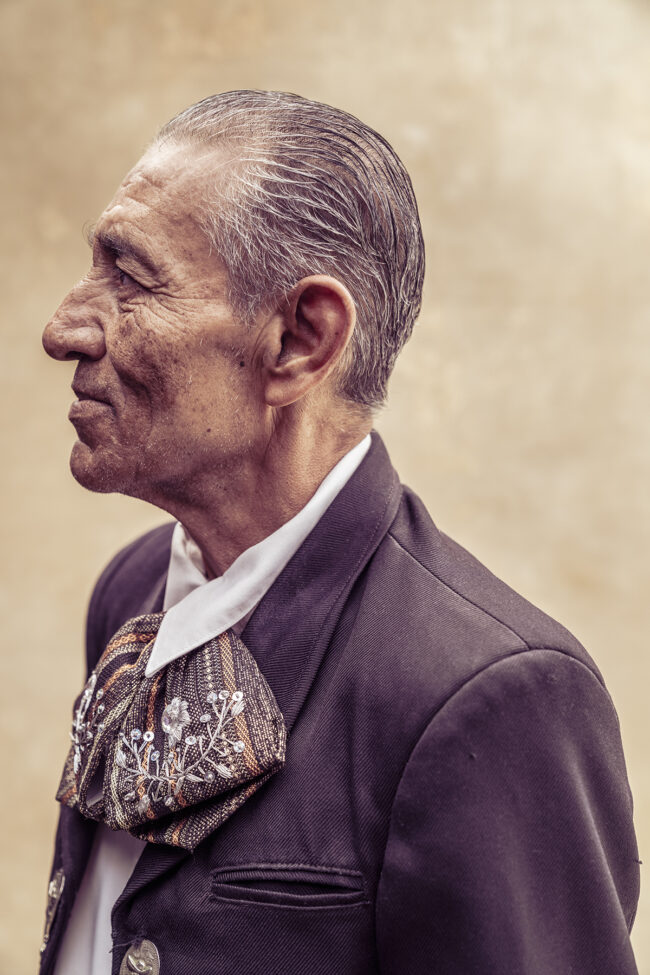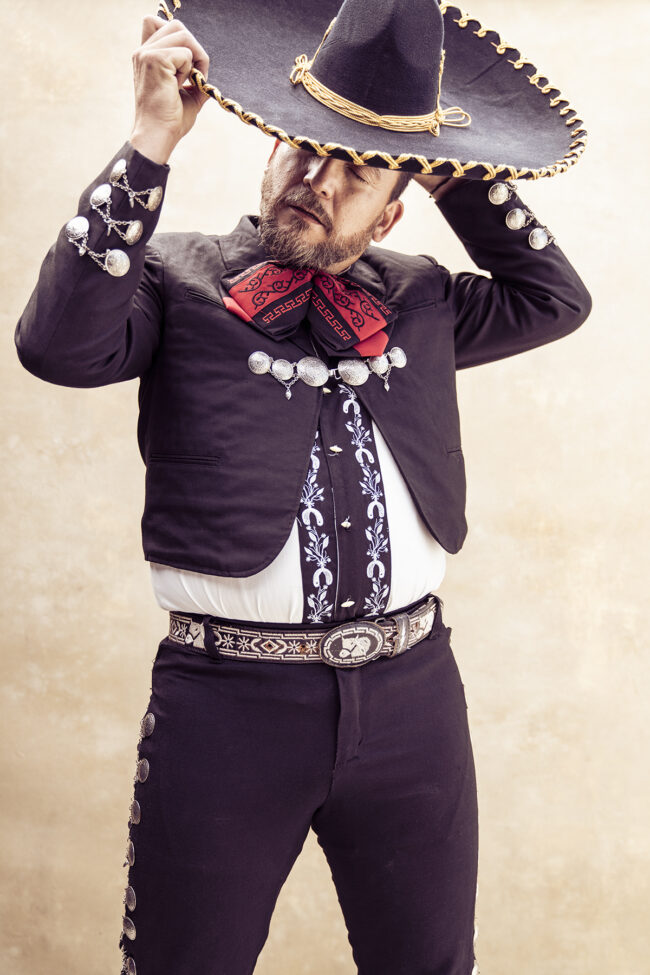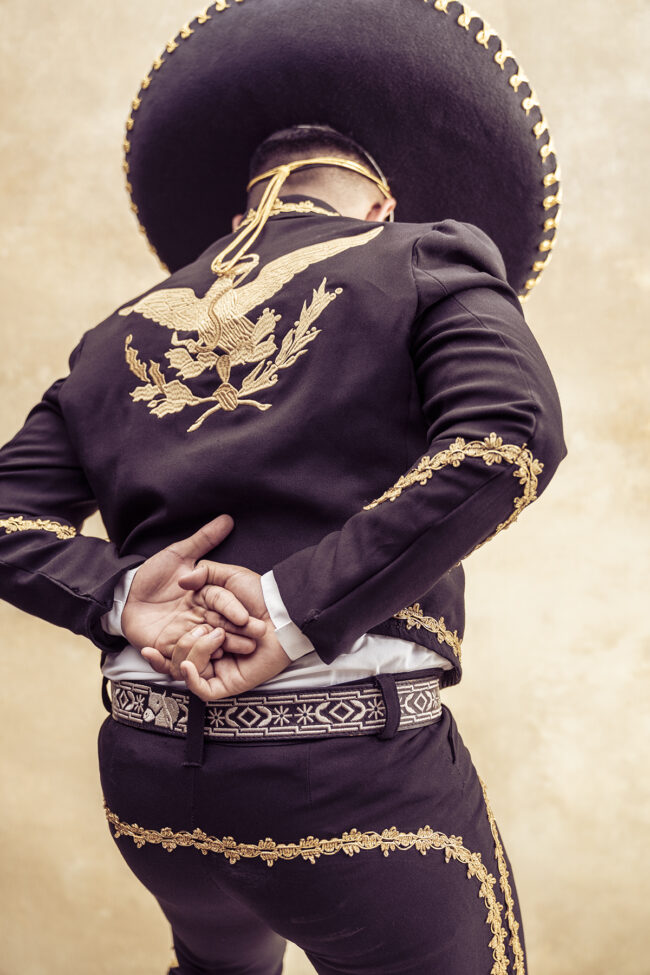The Art of the Personal Project is a crucial element to let potential buyers see how you think creatively on your own. I am drawn to personal projects that have an interesting vision or that show something I have never seen before. In this thread, I’ll include a link to each personal project with the artist statement so you can see more of the project. Please note: This thread is not affiliated with any company; I’m just featuring projects that I find. Please DO NOT send me your work. I do not take submissions.
Today’s featured artist: Sandro
DEATH IN THE DESERT
In February 2020, the world as we once knew it, ended. We began to interact with family, friends and loved ones differently because of COVID-19. First emerging from the city markets in conurbation Wuhan, China, the imposing new city of nearly eight million people, the COVID-19 virus, a highly contagious new strain from the microbial family coronavirus, wreaked havoc with the human body. Coronaviruses range from the common cold to more exotic diseases such as Severe Acute Respiratory syndrome (SARS) and Middle East Respiratory Syndrome (MERS). COVID-19, discovered and identified in 2019 (hence its number), targets the cells of the major organs, brain—heart—liver—kidneys and, most particularly, the lungs. The lung is immunologically defenseless against the destructive strength of the virus and the lungs are quickly destroyed. By the end of December 2020, Covid-19 is estimated to claim between 2 to 2.5 million victims worldwide.
From the beginning of time, millions of lives have been mortally affected by this-flu-strain or that-virus-strain. Recent pandemics that have included the Hong Kong Flu, the Spanish Flu, the Asian Flu, Swine Flu, the Black Death Flu as well as infections linked to Acquired Immunodeficiency Syndrome (AIDS) and Human Immunodeficiency Virus (HIV). Covid-19 is our generation’s life changing war against microbes. The contemporary world is suffering the mental, emotional, physical and financial scares and losses of Covid-19. As scientists, leaders and intellectuals continued scrambling for answers, the death projections will expand deep into the millions. Fear outlined the mindset of most sensible human beings. In 2020, all children, all adults, everyone from every country speaking every language, learned to spell QUARANTINE.






To see more of this project, click here
APE contributor Suzanne Sease currently works as a consultant for photographers and illustrators around the world. She has been involved in the photography and illustration industry since the mid 80s. After establishing the art-buying department at The Martin Agency, then working for Kaplan-Thaler, Capital One, Best Buy and numerous smaller agencies and companies, she decided to be a consultant in 1999. She has a new Twitter feed with helpful marketing information because she believes that marketing should be driven by brand and not by specialty. Follow her at @SuzanneSease. Instagram
Success is more than a matter of your talent. It’s also a matter of doing a better job presenting it. And that is what I do with decades of agency and in-house experience.
